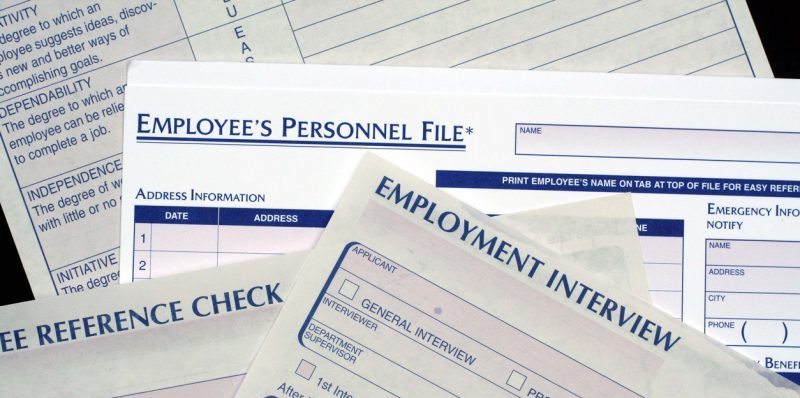When walking into a doctor’s office, you know the routine. Introduce yourself and your appointment to the staff behind the desk, sit down and then fill out pages of forms.
Nobody is ever excited to do mounds of paperwork, but it’s especially onerous in government settings. It’s also uniquely important.
Forms are one of the main sources of information intake for government agencies, and yet they’re often thrown together haphazardly – with overutilized templates or poorly considered practices.
Tuesday, the General Services Administration (GSA) hosted a webinar through its platform, DigitalGov, featuring Caroline Jarrett, a leader in user experience and usability specialist who has specialized in forms and designs.
As governments often face common challenges in building and evaluating forms, Jarrett offered best practices from her experience with the United Kingdom’s Government Digital Service and took questions from government employees viewing the session.
Here are five takeaways from the event.
- Know What Your Questions Are Asking, and Why
In the example of the doctor’s office above, customers often skip portions of a form, wondering why that information is necessary. That’s the sign of a bad form.
Questions should all have a clear purpose and direction, asking for specific responses that will go directly toward addressing the matter at hand. By requesting superfluous information, not only do agencies burden their constituents, but they also risk absorbing sensitive information that could make data higher risk – and more appealing to hackers.
- Use Common Language
In the UK, the government offers advice on what language to use when communicating with the public. In the U.S., there is guidance – and requirements – as well, through the Plain Writing Act and on plainlanguage.gov.
Governments deal with citizens of all backgrounds and must mold their forms so that they are easy to understand. Failing to do so can lead to poorer citizen engagement or inaccurate and inconsistent responses. Moreover, coding could require more work in processing the results.
- Don’t Ask Two Things at Once
Governments know that shorter forms are better, but that can often lead to confused and jumbled formatting. A question that asks “Did you like the meal? What did you like about it?” offers less freedom to citizens and fosters ambiguity in responses.
Instead of streamlining the form, compounding questions lengthens the process for citizens and can lead, again, to confused and inaccurate responses. Also beware of combining separate subjects in a question. Asking if “food and refreshments were satisfactory” restricts the potential response that one might have been while the other was not.
- Do the Hard Work to Make It Simple
Creating a good form is not an easy task, but doing it the right way is crucial for serving citizens – not to mention it can save work on the back end. A hastily designed form can require governments to reevaluate their system and reprocess responses. Moreover, it can lead to damage control and frequent assistance with the forms, requiring more work later on.
Therefore, it’s important that agencies employ proper design and organizational practices when launching a form. Keep pages simple, with only one task and simple functions. That means drop-down menus and similarly non-intuitive technology trends should be cast aside.
Similarly, questions should spring from clearly stated actions, and buttons should be labeled. These common design principles will produce more qualified, reliable responses and require less work down the line. Citizens will also be more likely to engage and interact positively.
- Know Where the Data and Forms Are Going
Before publishing a form and circulating it for usage, agencies should have mapped plans of action in place for the results of their forms. Every question’s response should have a clear bucket and destination, while evaluation procedures should be formulated in advance. This goes back to doing the hard work before the process begins.
Furthermore, the forms themselves should match up with one another. If a form has both a physical and online process, double-check to make sure that responses are being stored in the same database and that the forms are not viewed as separate.
Lastly, ensure data security processes are installed on the front end. Forms can often request sensitive information, and if citizens cannot input their information to government forms, they will be less likely to trust government at all.
For more tips, view the session here.





Leave a Reply
You must be logged in to post a comment.